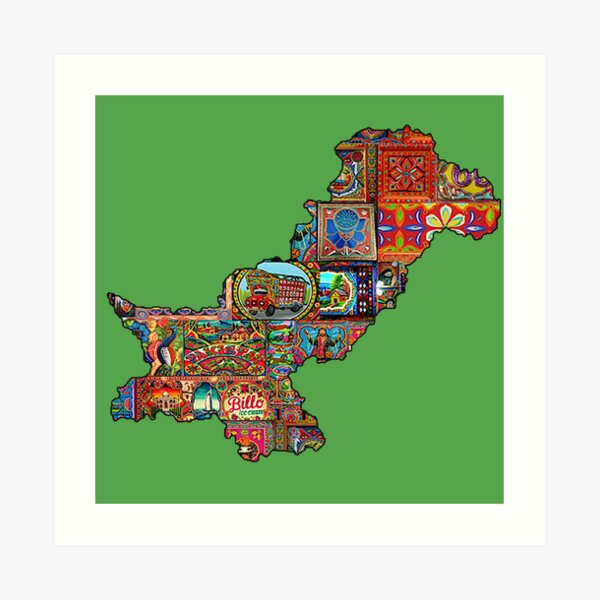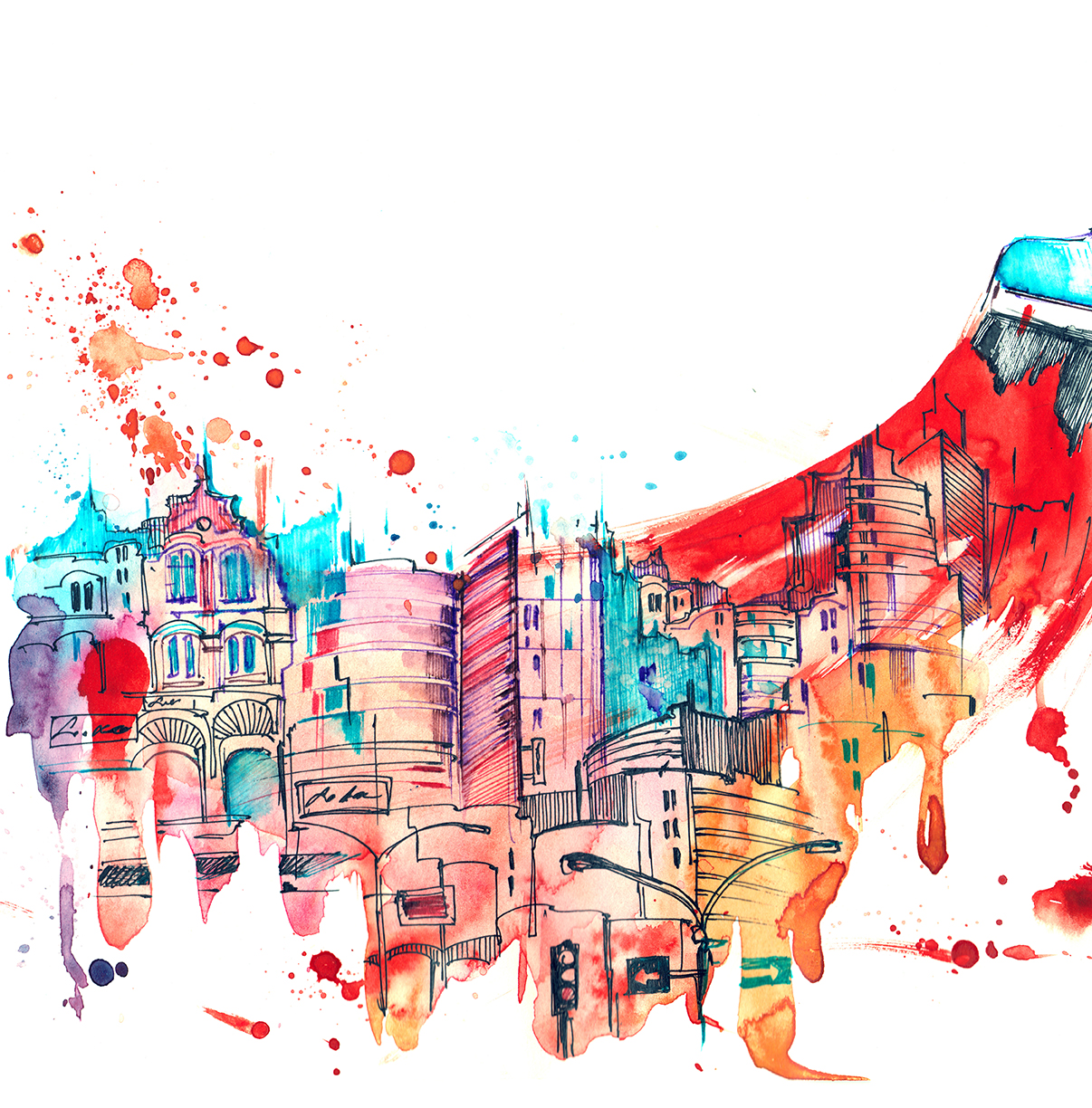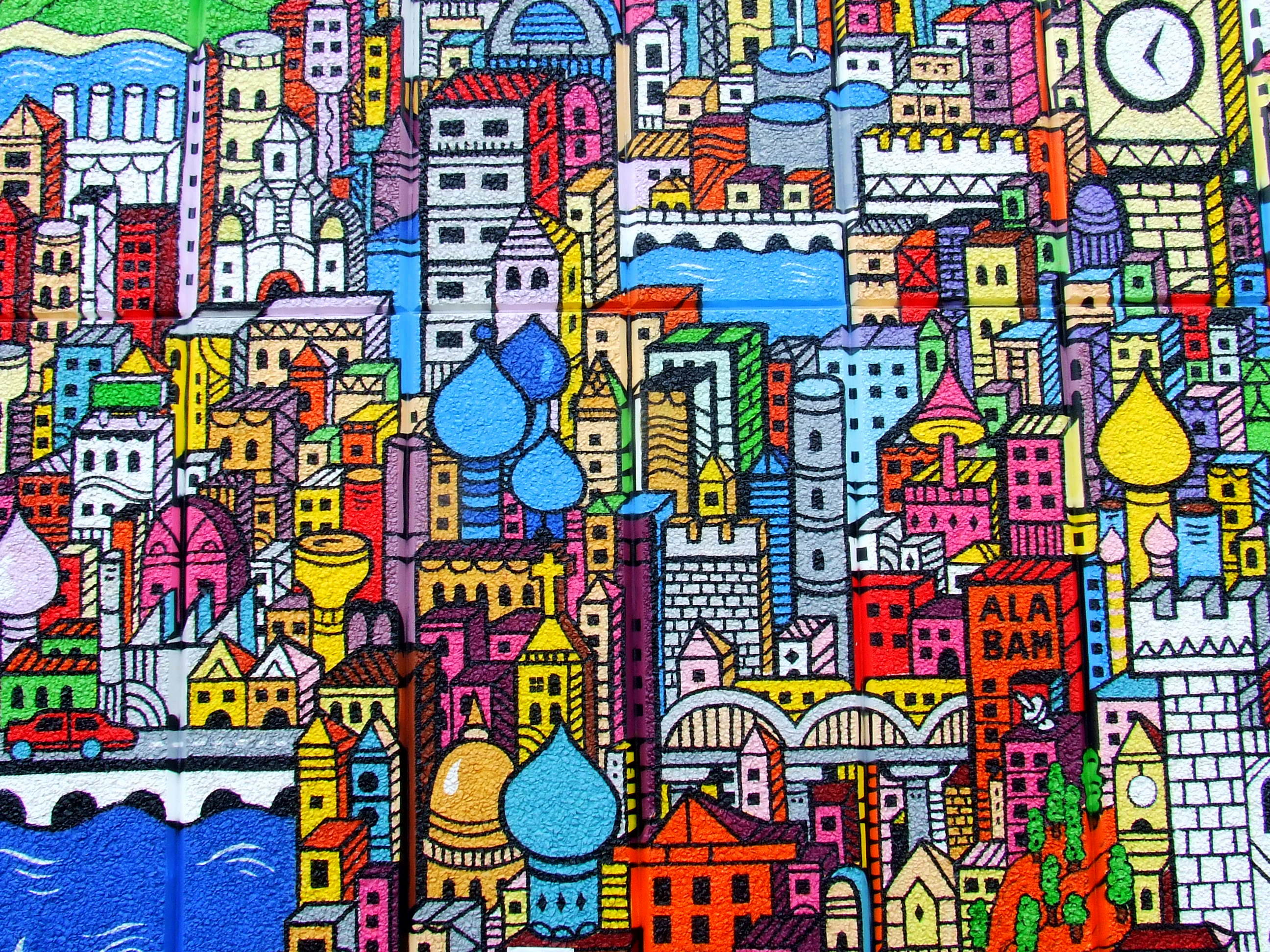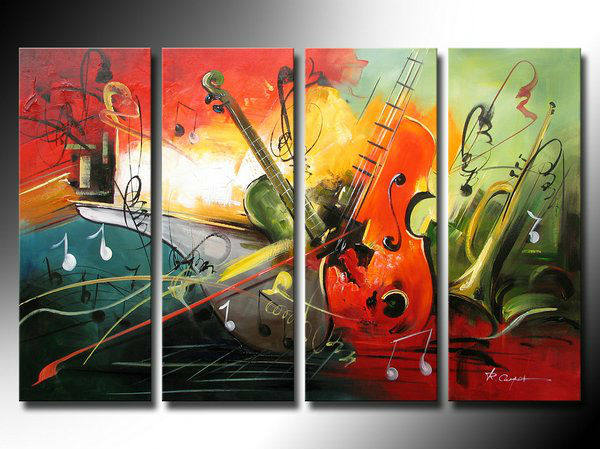Table of Content:
- Defining Art and Culture
- Cultural Influence on Art
- Art as a Reflection of Society
- Preserving Cultural Heritage
- Art as a Catalyst for Cultural Exchange
- Modernization and Globalization
- Challenges to Cultural Authenticity
Art and culture are two intertwined aspects of human existence that have played an integral role in shaping societies throughout history. From the earliest cave paintings to the digital masterpieces of today, art has been a vehicle for cultural expression, communication, and identity. This article delves into the multifaceted relationship between art and culture, highlighting their significance, evolution, and impact on society.

Defining Art and Culture
Art, often seen as a manifestation of human creativity, encompasses a wide array of forms, including visual arts like painting, sculpture, and photography, as well as performing arts such as music, dance, theater, and film. Culture, on the other hand, refers to the collective beliefs, values, traditions, and practices of a group of people. Art and culture are closely connected, as art often reflects the cultural context in which it is created, while culture provides the inspiration and foundation for artistic endeavors.
Cultural Influence on Art
Artistic expressions are deeply rooted in the cultural narratives of societies. Different cultures have unique aesthetics and artistic sensibilities that are shaped by their history, religion, social structures, and geography. For example, traditional Japanese art emphasizes simplicity and nature, while Renaissance art in Europe celebrated humanism and realism. This cultural influence can be seen in the subject matter, style, and techniques employed by artists.

Art as a Reflection of Society
Art serves as a mirror to society, reflecting its triumphs, struggles, values, and aspirations. Throughout history, artists have used their creative prowess to comment on political issues, social injustices, and cultural shifts. For instance, the works of Mexican muralists like Diego Rivera conveyed messages of social equality and workers' rights, while contemporary artists use mediums like street art to address urbanization and environmental concerns.
Preserving Cultural Heritage
Art plays a crucial role in preserving cultural heritage. Museums, galleries, and cultural institutions safeguard artistic creations that provide insights into the history and traditions of civilizations. Indigenous art, for instance, offers a glimpse into the spiritual beliefs and lifestyles of native communities, contributing to the preservation of their cultural identities.
Art as a Catalyst for Cultural Exchange
Cultural exchange often occurs through the medium of art. Festivals, exhibitions, and collaborative projects enable people from different backgrounds to share their cultural perspectives and foster mutual understanding. The global appeal of art allows individuals to appreciate diverse viewpoints, breaking down stereotypes and promoting cross-cultural dialogue.

Modernization and Globalization
In the contemporary world, art and culture are navigating the challenges posed by modernization and globalization. Digital technology has revolutionized the way art is created, shared, and experienced. Online platforms have democratized art, allowing emerging artists to reach wider audiences and enabling individuals from around the world to engage with various cultural forms.
Challenges to Cultural Authenticity
While globalization offers opportunities for cultural exchange, it also raises concerns about the preservation of cultural authenticity. As cultures interact, there is a risk of dilution or misrepresentation of traditional art forms. Striking a balance between innovation and the preservation of cultural heritage is crucial to ensure that art remains a true reflection of its origins.

Art and culture are intertwined threads that weave the fabric of human existence. From ancient rituals to modern multimedia installations, they are vehicles for expression, identity, and communication. As society evolves, so do the forms and functions of art and culture, adapting to new technologies, challenges, and opportunities. Embracing and understanding the symbiotic relationship between art and culture can enrich our lives, foster empathy, and contribute to the vibrant tapestry of human civilization.


You must be logged in to post a comment.